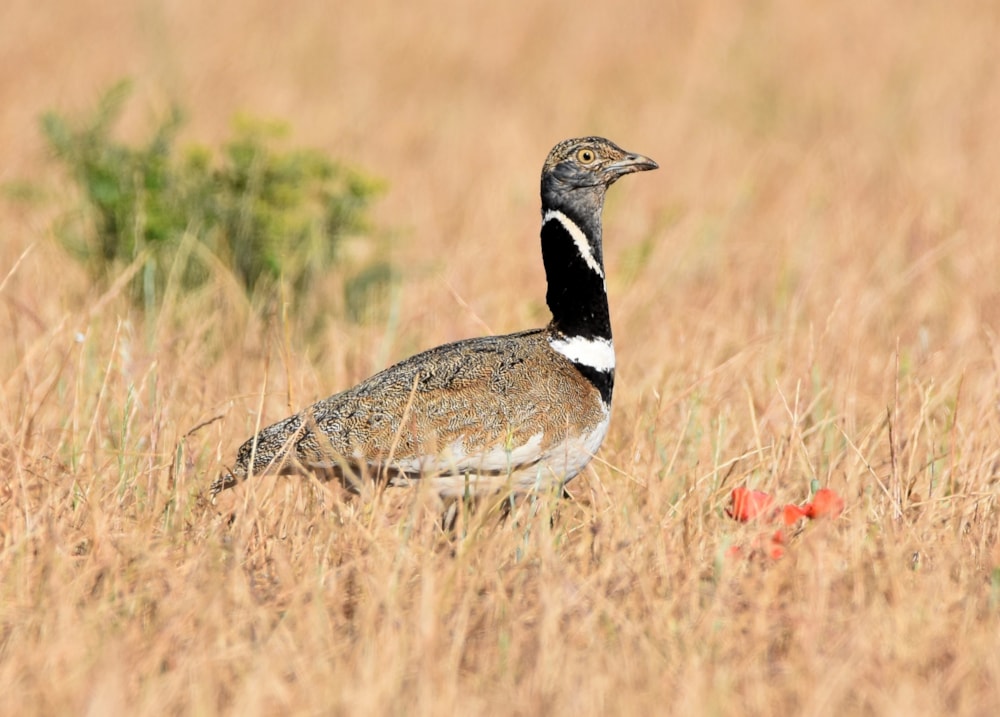Spanish government urged to classify Little Bustard as Endangered
The Spanish Ornithological Society (SEO), BirdLife International's Spanish partner, has recommended that Little Bustard should be classified as Endangered in Spain as its population there continues to decline at an alarming rate.
The move comes as the Convention on Migratory Species (CMS) votes to add the bustard to its Appendices 1 and 2, which recognise that a species is in serious danger of extinction.
SEO has sent an official request to Spain's Ministry for Ecological Transition and Demographic Challenge (MITECO), which is responsible for Spanish government policy on natural heritage, biodiversity and climate change.

Little Bustard, Crau, France (W Schulenburg).
Little Bustard was formerly a very common species across rural areas of Spain, but its situation has become dire in a short space of time. In the last 11 years alone, it has declined by 48%, at a rate of 5.8% per year. This figure is considered accurate as it is based on annual national censuses carried out by SEO since 1998. Over the period from 1998-2017, Little Bustard numbers have plummeted by 76.2% across Spain.
Across Europe, the story is depressingly similar, with a 72% decline across the continent between 1998 and 2015.
Habitat loss and agricultural intensification, death of adult birds due to collision with power lines and persecution carried out in some countries are all significant factors in the disturbing trends being observed across the continent, which has led to the reclassification by CMS.
Nicolás López, head of the SEO/BirdLife Endangered Species Program, commented: "The delicate situation of the Spanish population [of Little Bustard] is shown by a serious and accelerated decline in its population size, with a reduction in its distribution area, meaning it meets the criteria for inclusion in the Endangered Extinction category in the Spanish catalogue of threatened species."

Lesser Kestrel is also in trouble across Iberia (Dave Williams).
The national report itself sent by Spain to CMS recognizes that there is still a large line of perverse incentives that continue to be applied from the Common Agricultural Policy (CAP) financing programs of the European Union. These practices, which result in loss of habitat and food sources (seeds and insects) are one of the main causes of the decline of Little Bustard and other species of Appendix I of the CMS, such as Lesser Kestrel, Great Bustard, Eurasian Stone-curlew and Common Quail, the latter of which was recently voted as Iberia's bird of 2020.
Ana Carricondo, of SEO, said of the CAP: "The new regulations and, especially, the new Strategic Plan of the CAP in Spain, should include measures that allow to counter this situation. It is urgent and a priority to promote the practice of a managed fallow for biodiversity across 10% of farmed land, as recently endorsed in the National Congress of Ornithology of SEO/BirdLife."

